17 Trees with Spiritual Significance Across the Globe
Trees have long been regarded as powerful symbols in various cultures around the world. Their deep roots, towering heights, and timeless presence make them natural representations of strength, wisdom, and connection to the spiritual realm. From ancient mythologies to modern beliefs, many trees are revered as sacred and are associated with profound spiritual meanings. Each tree offers unique symbolism, reflecting the values and traditions of the cultures that revere them. Whether it’s the Bodhi tree of Buddhism or the oak tree of Celtic traditions, these natural wonders continue to inspire and guide people in their spiritual journeys.
This post may contain affiliate links, which helps keep this content free. Please read our disclosure for more info.
The Bodhi Tree
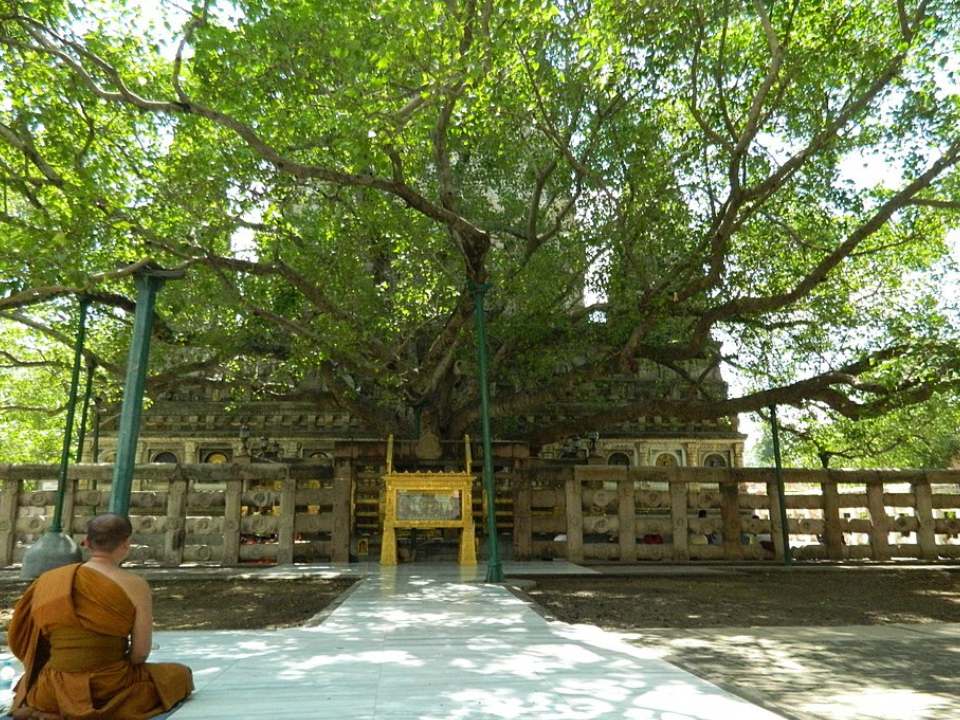
The Bodhi tree holds great spiritual significance in many parts of Asia, especially in Buddhism. This tree is famous for being the place where Siddhartha Gautama, the Buddha, attained enlightenment. As such, the Bodhi tree represents wisdom, enlightenment, and the path to spiritual awakening. It is often considered a symbol of peace and mindfulness, reminding practitioners of the importance of introspection and meditation.
In many Buddhist traditions, the Bodhi tree is revered as a sacred and powerful presence. Pilgrims often visit these trees to meditate and connect with the energy of the place. The Bodhi tree also embodies the deep connection between nature and spiritual growth. Its symbolism is widely recognized in Buddhist teachings, representing the ability to overcome suffering and find inner peace.
The Oak Tree
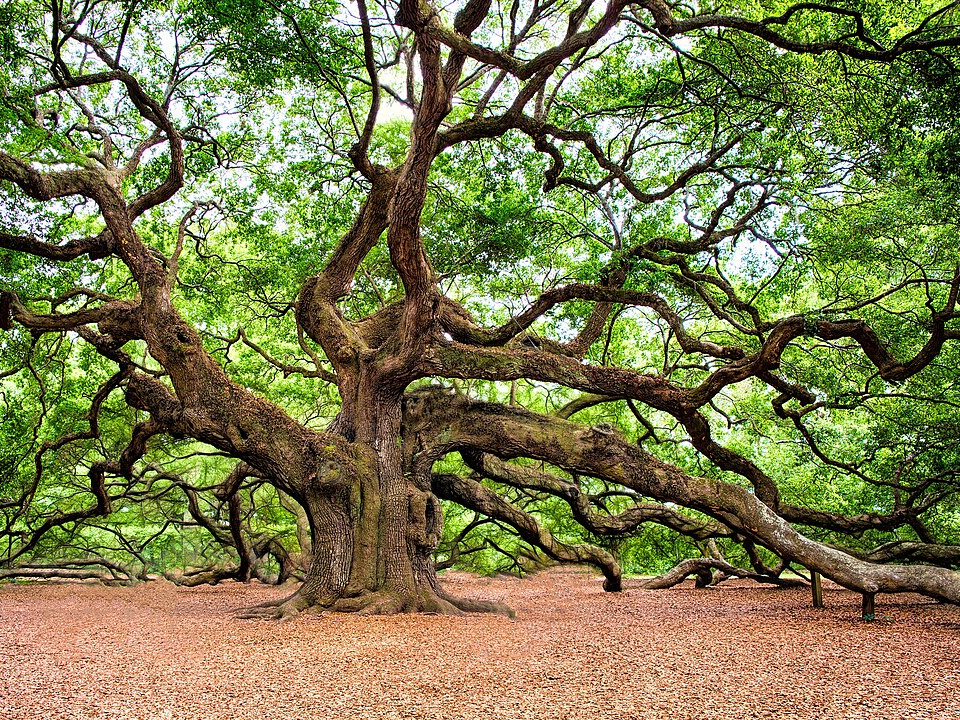
The oak tree is an ancient symbol of strength, endurance, and resilience. Found in various cultures, especially in Celtic traditions, the oak is seen as a protector and a symbol of stability. The oak’s deep roots and towering presence in the forest make it a representation of wisdom that has withstood the test of time. It is often connected to the idea of the eternal cycle of life and death, standing firm through all seasons.
In various mythologies, the oak tree is associated with gods and deities who represent the forces of nature. In Celtic traditions, oak groves were sacred spaces for rituals and spiritual practices. The oak’s wide-reaching branches and robust trunk symbolize not only physical strength but also spiritual fortitude. It encourages individuals to stay grounded while reaching for higher aspirations.
The Pine Tree
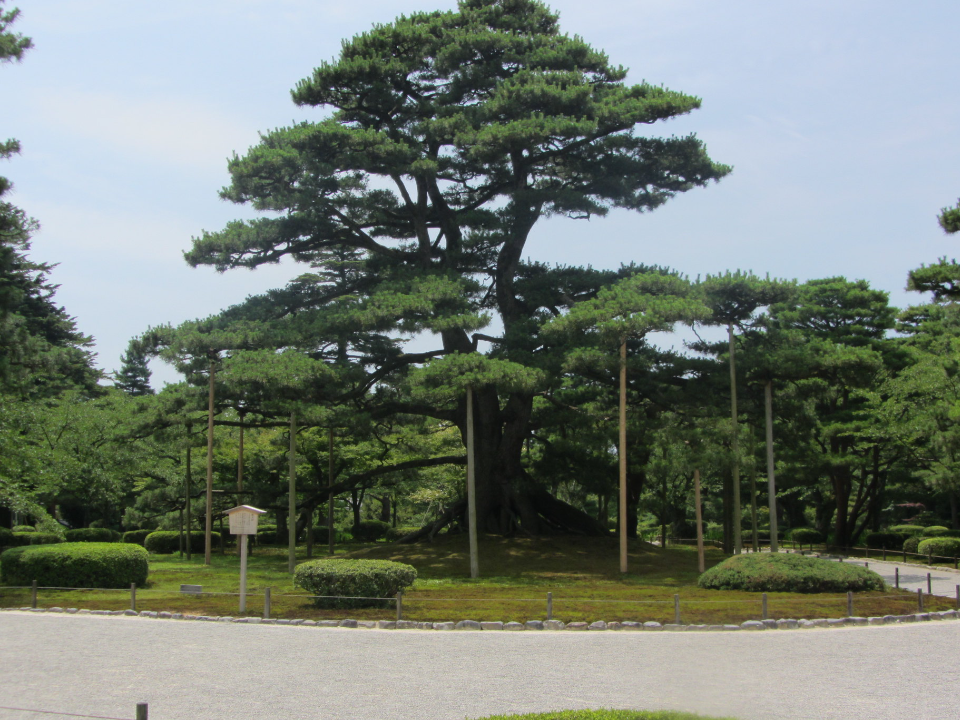
The pine tree is often considered a symbol of longevity, immortality, and vitality. In East Asian cultures, particularly in Japan, the pine tree represents endurance and resilience, as it thrives in harsh conditions. Pine trees are also believed to embody a deep connection to the spiritual world, especially in Shintoism, where they are thought to harbor divine spirits.
Beyond its physical characteristics, the pine tree’s evergreen nature symbolizes eternal life. It is often seen as a tree that bridges the earthly realm and the divine, making it a powerful symbol in both nature worship and religious contexts. In many parts of the world, the pine tree is also associated with healing, and its resin is used in traditional remedies for its purifying properties.
The Cherry Blossom Tree

The cherry blossom tree, known as Sakura in Japan, is a symbol of transience and the beauty of life’s fleeting nature. Its short-lived blossoms bloom in the spring, making the tree a reminder of the impermanence of life. The beauty of the blossoms encourages individuals to live fully and appreciate the present moment. In Japan, the cherry blossom season is a time for reflection, renewal, and connection with others.
Cherry blossoms are also symbols of hope and renewal, as they mark the arrival of spring after the harsh winter months. In other cultures, the cherry blossom represents the fragility of beauty and the importance of cherishing fleeting moments. Its delicate flowers are often celebrated in festivals, symbolizing purity and the transient nature of human existence.
The Baobab Tree
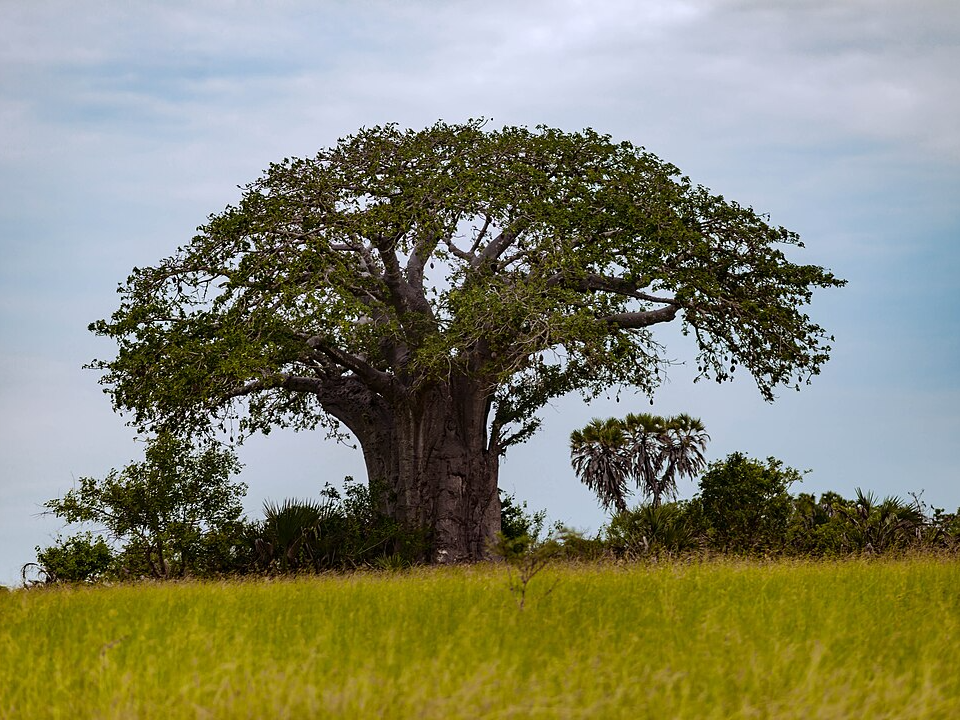
The Baobab tree, native to Madagascar and parts of Africa, is known for its unique shape and striking appearance. Often referred to as the “tree of life,” the Baobab symbolizes resilience, nourishment, and longevity. Its massive trunk is used to store water, making it a lifeline for both people and wildlife during dry seasons. The Baobab’s ability to survive in harsh conditions represents the strength and endurance of the human spirit.
In many African cultures, the Baobab is seen as a spiritual entity and a symbol of community. It is believed to be a place of gathering for ancestors and is often considered sacred. Its towering presence in the landscape makes it a beacon of hope, offering sustenance and shelter to all. As such, the Baobab tree is a symbol of life, survival, and connection.
The Willow Tree
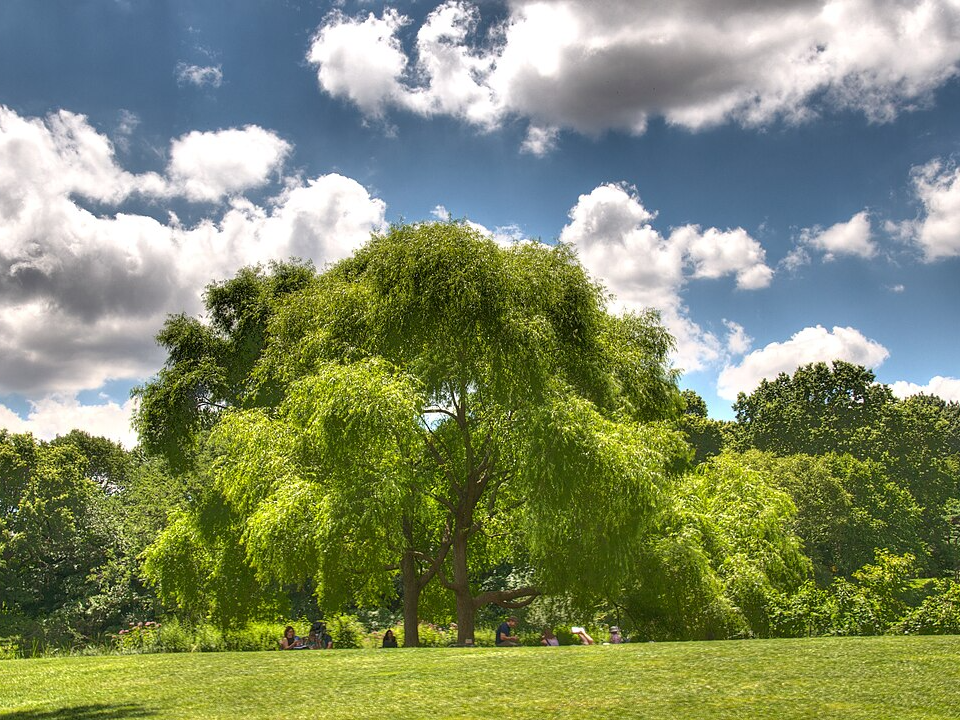
The willow tree is a symbol of flexibility, adaptability, and deep emotional strength. Known for its graceful branches that sway in the wind, the willow represents the ability to bend without breaking. This tree is often associated with water, and in many cultures, it is considered a bridge between the physical and spiritual worlds. It is also a symbol of mourning and remembrance, particularly in Western traditions, where it is often planted near graves.
In Celtic traditions, the willow tree is linked to the moon and is believed to have magical properties. It is seen as a protector, offering strength in times of sorrow and transition. The willow’s ability to thrive in wet, marshy areas also makes it a symbol of adaptability, encouraging individuals to find balance and peace, even in challenging circumstances.
The Ash Tree
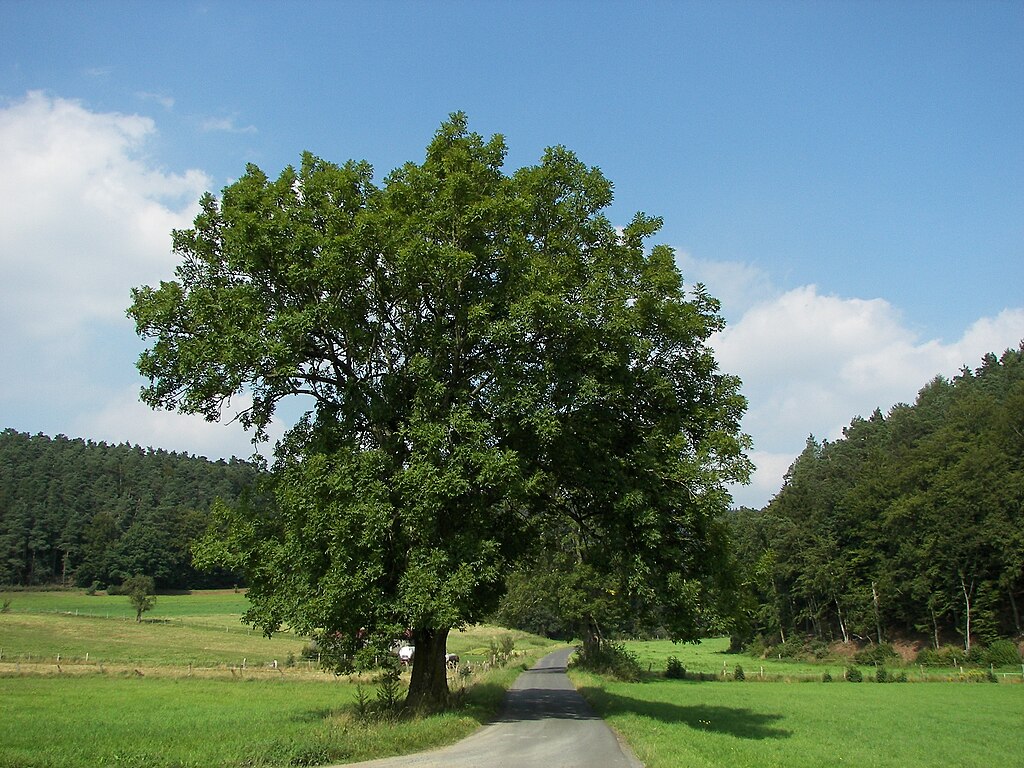
The ash tree has deep roots in Norse mythology, where it is known as the Yggdrasil, or the world tree. This tree is believed to connect the nine realms in Norse cosmology, making it a powerful symbol of interconnectedness and spiritual guidance. The ash tree represents the axis of the universe and is often seen as a symbol of the cycle of life, death, and rebirth.
In many cultures, the ash tree is associated with wisdom and knowledge. Its bark and wood were used for various spiritual practices, including making tools for divination and rituals. The ash’s towering, upright posture signifies strength, growth, and the pursuit of higher understanding. It is often seen as a symbol of life’s continuous cycle and the interconnectedness of all beings.
The Fig Tree
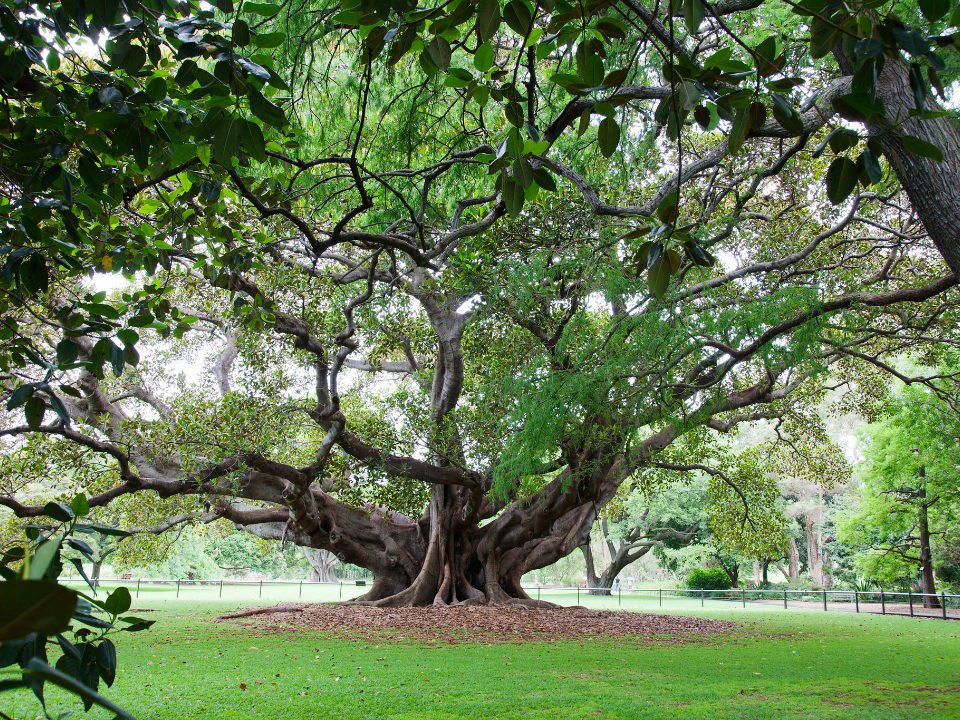
The fig tree is a symbol of abundance, prosperity, and fertility in various cultures around the world. In ancient Greece, the fig tree was a symbol of harmony and nourishment, often associated with the goddess Demeter. The fruit of the fig tree has long been a symbol of health and vitality, while its shade represents rest and comfort.
In some cultures, the fig tree is also a symbol of spiritual enlightenment and transformation. The tree is revered in many religious texts, particularly in the Bible, where it is a symbol of peace and divine favor. Its fruit is often seen as a metaphor for the gifts of life and the importance of nurturing spiritual growth.
The Cedar Tree
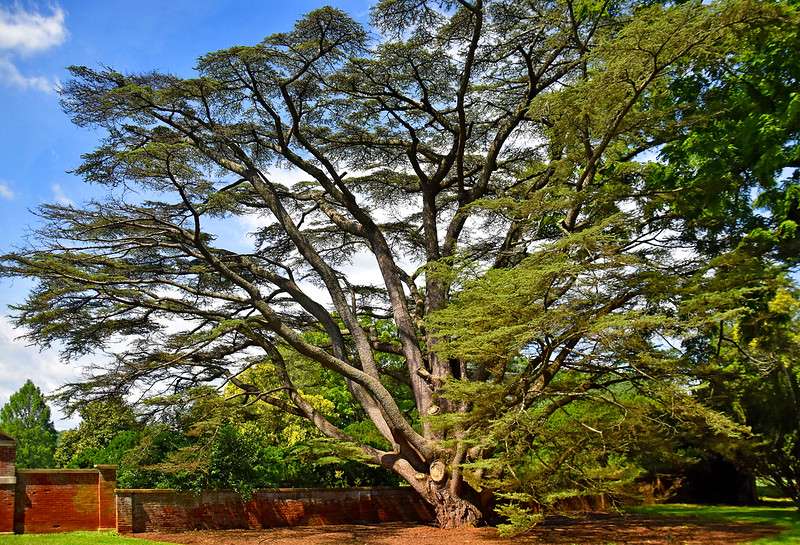
The cedar tree is a symbol of strength, protection, and resilience. In the ancient Middle East, particularly in Lebanon, the cedar was a sacred tree associated with the gods and the divine. It is known for its longevity, and its wood was used in the construction of temples and palaces. The cedar represents the eternal presence of the divine and is often seen as a guardian of the natural world.
In Native American cultures, the cedar tree holds spiritual significance as a provider of both physical and spiritual healing. Its wood, bark, and leaves are used in rituals for purification, protection, and healing. The cedar’s powerful presence makes it a symbol of connection to the earth and the spirit world, embodying balance, strength, and protection.
The Yew Tree
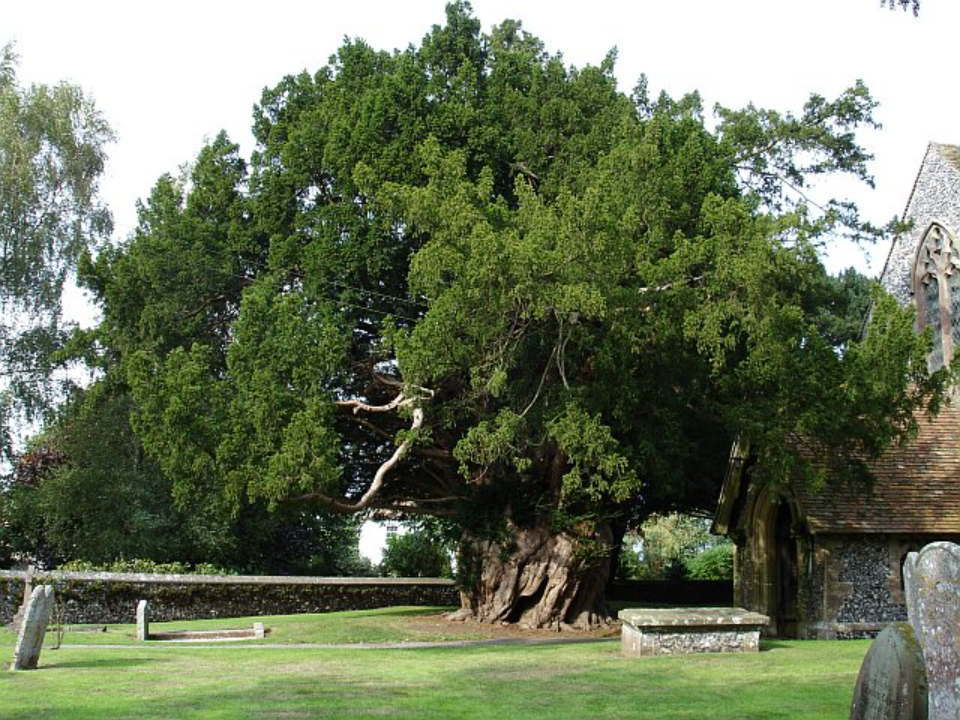
The Yew tree is often associated with death, rebirth, and immortality. In ancient European cultures, the Yew was considered a guardian of the underworld and a symbol of eternity. Its long lifespan and ability to regenerate have made it a symbol of the cyclical nature of life and death. The Yew tree is often found in old cemeteries, where it serves as a reminder of the ongoing journey beyond this life.
In some cultures, the Yew is believed to hold spiritual power and is used in rituals for protection and transformation. Its dark, dense wood was used to create tools and weapons, making it a symbol of strength. The Yew’s longevity and ability to regenerate also make it a symbol of renewal, encouraging individuals to embrace change and transformation.
The Lotus Tree
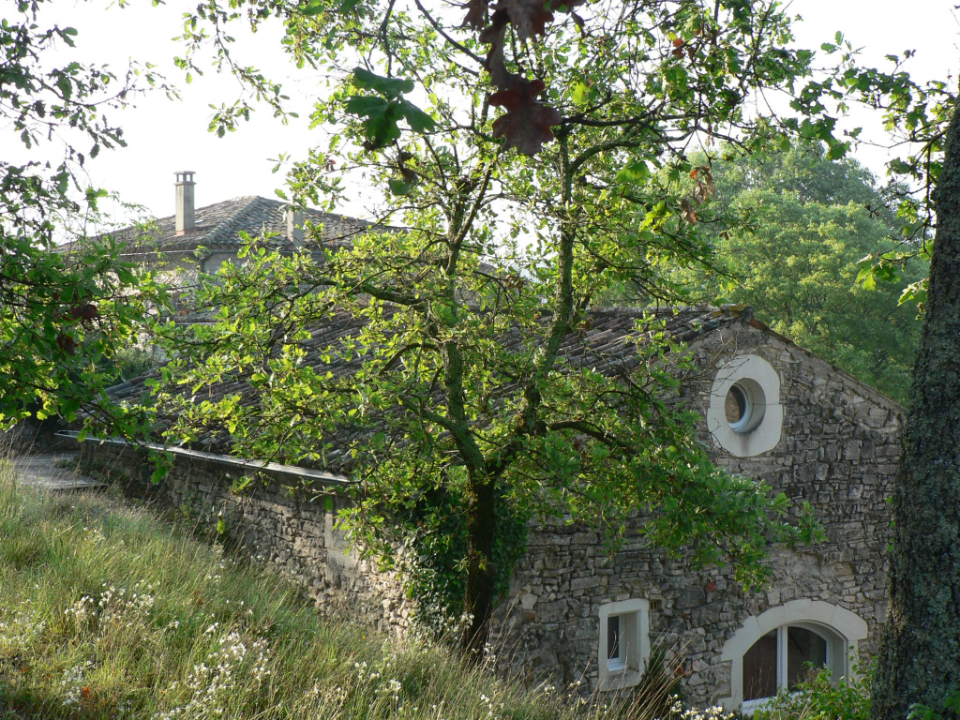
The lotus tree, which produces the beautiful lotus flower, is a symbol of purity, enlightenment, and spiritual awakening. It grows in muddy waters, yet its flowers emerge pristine and pure, symbolizing the journey of the soul through suffering toward enlightenment. In Hinduism and Buddhism, the lotus is a powerful symbol of spiritual growth and transformation.
The lotus tree represents the ability to transcend the material world and achieve higher states of consciousness. Its flowers are often depicted in religious art as a symbol of divine beauty and purity. The lotus’s connection to water and mud also makes it a symbol of inner strength and the ability to rise above life’s challenges.
The Olive Tree
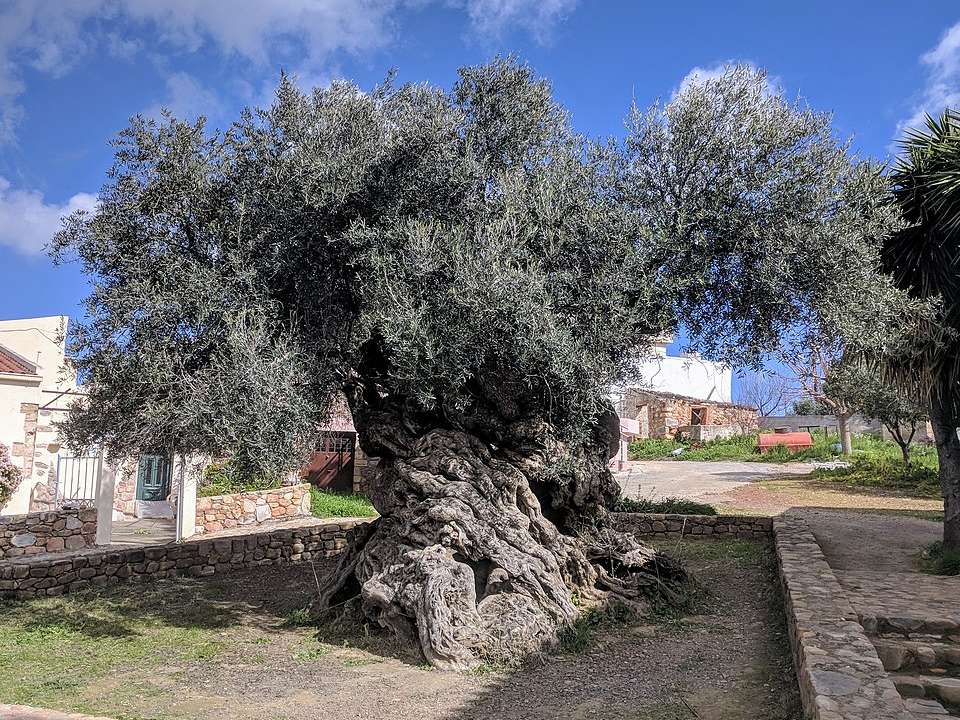
The olive tree is a symbol of peace, wisdom, and longevity. Its fruits, olives, have been used for thousands of years in Mediterranean cultures for food, oil, and medicinal purposes. In ancient Greece, the olive tree was sacred to the goddess Athena, symbolizing peace, prosperity, and the divine connection between humans and nature.
The olive tree’s deep roots and gnarled branches symbolize wisdom and endurance. It has been a symbol of peace and reconciliation, often used in olive branches during times of peace negotiations. The olive tree encourages individuals to live with harmony and wisdom, fostering a deep connection with both the earth and one’s spiritual beliefs.
The Maple Tree
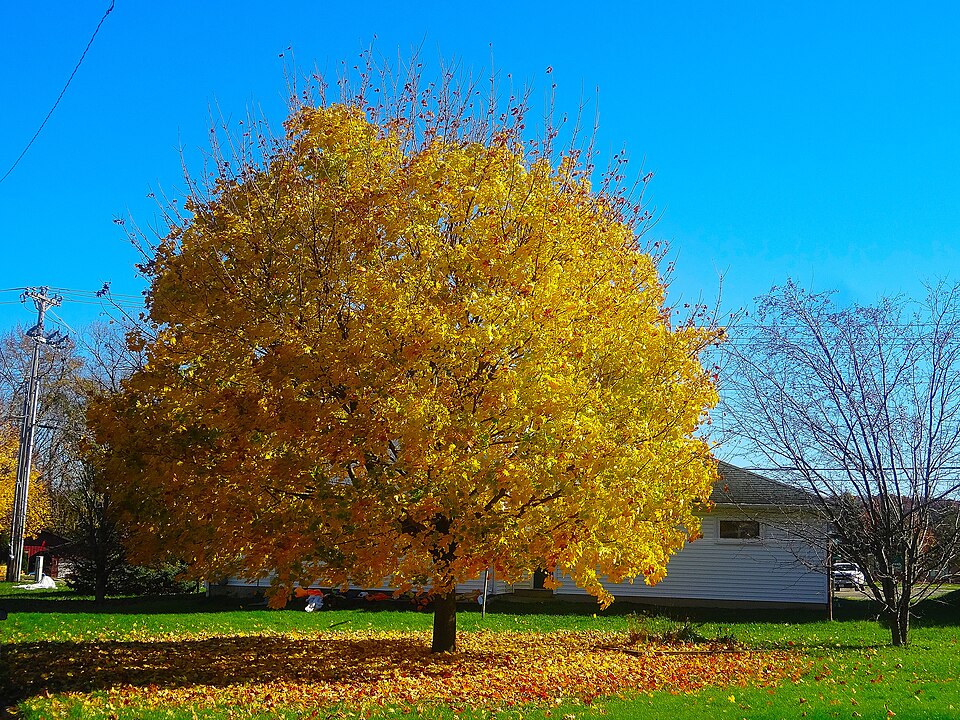
The maple tree is a symbol of balance, generosity, and practicality. In many Native American cultures, the maple tree is associated with the gift of sweetness, as its sap is used to make maple syrup. This tree’s symbolism revolves around its ability to provide nourishment, offering sustenance during times of need.
In Canada, the maple is a national symbol, representing the beauty and strength of the country’s natural landscape. The maple tree encourages generosity, urging individuals to give to others and find balance in all areas of life. Its changing leaves also symbolize the cycles of life, reminding us that change is inevitable and necessary for growth.
The Palm Tree
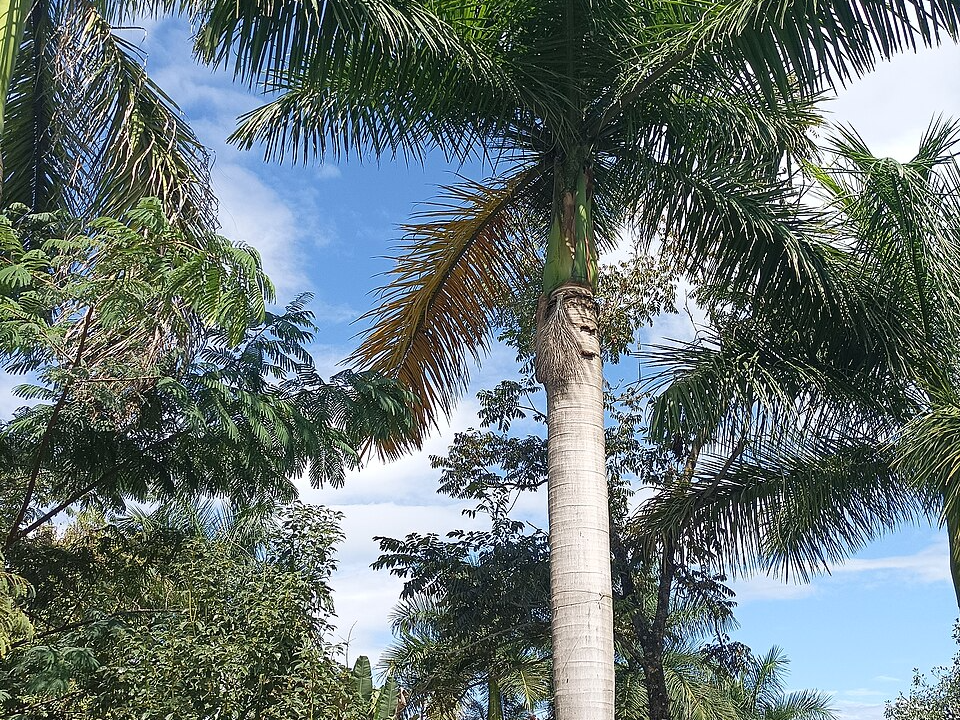
The palm tree is often a symbol of victory, peace, and eternal life. In many cultures, it is associated with success and triumph, particularly in ancient Rome, where palm branches were awarded to victors in battles and athletic competitions. The palm tree’s tall, straight trunk symbolizes resilience and endurance.
In Christian symbolism, the palm tree is linked to the triumphal entry of Christ into Jerusalem, making it a symbol of hope and salvation. The palm also represents the idea of peace and a connection to the divine. Its ability to thrive in harsh, arid conditions makes it a symbol of perseverance and faith.
The Birch Tree
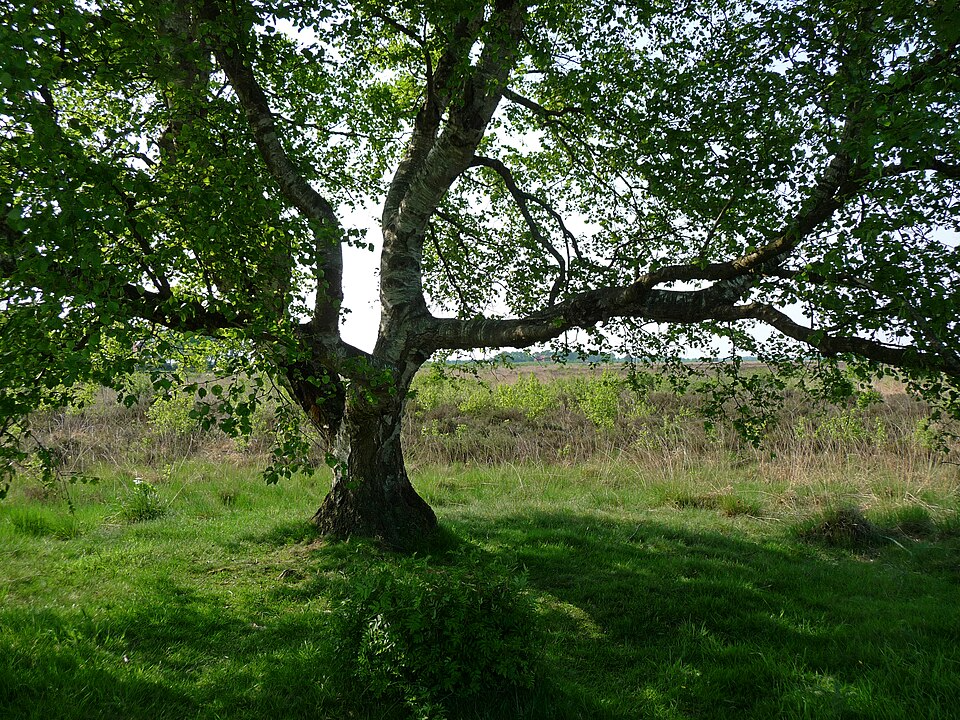
The birch tree is a symbol of renewal, protection, and new beginnings. Known for its striking white bark, the birch is often associated with cleansing and purification in many cultures. In Celtic traditions, the birch is linked to the start of the new year, representing the renewal of life and energy.
The birch tree also symbolizes resilience, as it can grow in a variety of soils and climates. Its ability to thrive in both harsh environments and temperate regions makes it a symbol of adaptability and strength. The birch’s elegant form and graceful presence also embody the beauty of life’s simplicity and the importance of embracing change.
The Chestnut Tree
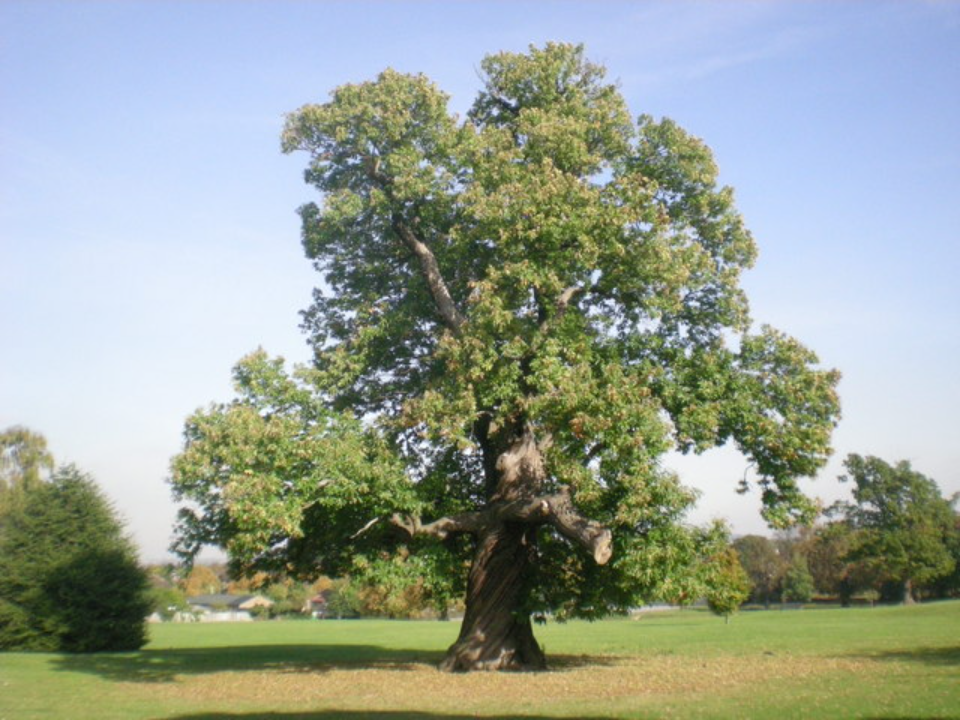
The chestnut tree symbolizes endurance, transformation, and strength. It is often seen as a symbol of the triumph of the spirit over adversity, as the chestnut tree can survive in tough conditions. The tree’s ability to provide nourishment through its nuts also makes it a symbol of generosity and sustenance.
In some cultures, the chestnut tree is linked to fertility and prosperity. Its fruit is often seen as a reward for hard work and perseverance, and the tree is revered for its ability to regenerate over time. The chestnut tree’s deep roots and strong presence make it a symbol of resilience and spiritual growth.
The Magnolia Tree
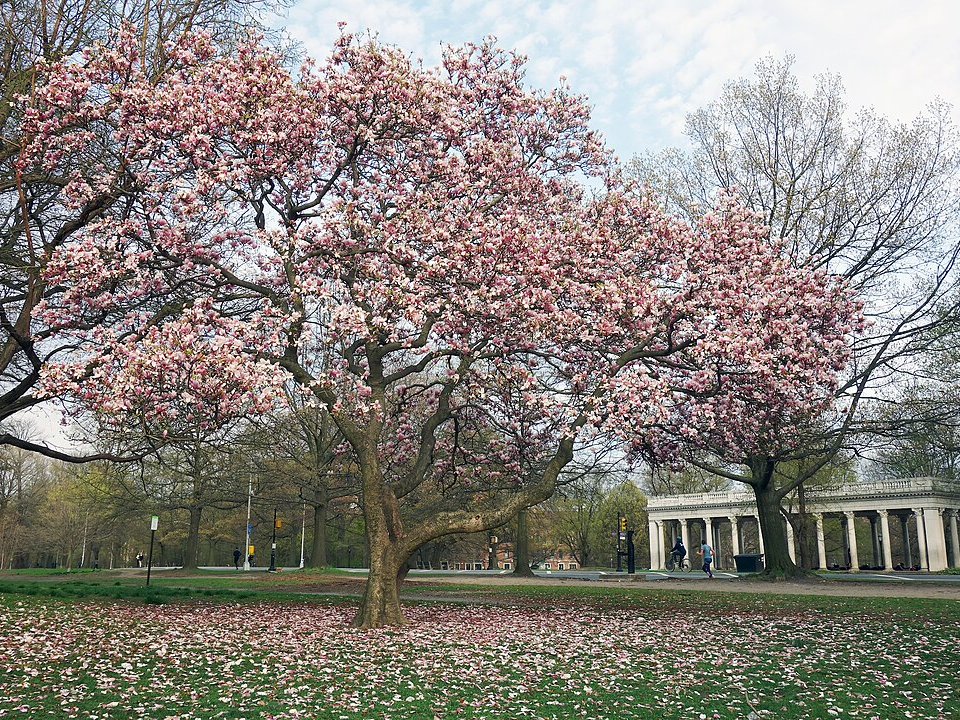
The magnolia tree symbolizes purity, dignity, and the beauty of nature. Its large, fragrant blossoms are a representation of grace and elegance. The magnolia’s significance in many cultures links it to themes of femininity, nurturing, and maternal love.
The magnolia tree is also associated with strength and endurance. It can thrive in a variety of climates and conditions, representing both physical and emotional resilience. In many parts of the world, the magnolia is seen as a symbol of beauty and the deep connection between nature and the divine.
This article originally appeared on Avocadu.
